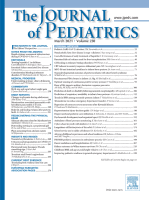Ms. Mina Suh, along with colleagues within EpidStrategies (a Division of ToxStrategies), and external collaborators, has been conducting research on respiratory syncytial virus (RSV), especially as it relates to infants and children in the United States. In a prospective viral surveillance study, which was recently accepted for publication by the Journal of Pediatrics (preview here), Ms. Suh and researchers from the medical research community described common respiratory infections, including influenza, RSV, and rhinovirus/enterovirus, in infants from December 2019 through April 2020, across outpatient, emergency department, and inpatient settings in Davidson County, Tennessee. Testing for SARS-Cov-2 was added with the onset of Covid-19. Results show that RSV is detected across various clinical settings (outpatient, emergency department, inpatient) and has the highest disease severity compared to other viral pathogens. The authors conclude that continued surveillance of infants, in different clinical settings, is needed to fully assess the burden exerted by RSV, and importantly, to inform vaccine development.
Author Archives: ToxStrategies
ToxStrategies Announces New (Q)SAR Offerings
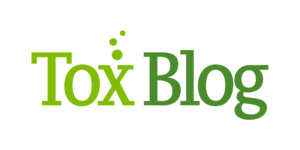
ToxStrategies is pleased to announce new quantitative structure activity relationship [(Q)SAR] service offerings, including ICH M7 pharmaceutical impurity assessments. We offer expertise in the use and interpretation of Derek Nexus and Leadscope Model Applier (LSMA) to meet guidance specifications that are essential to the pharmaceutical industry. We are well versed in the use of these (Q)SAR platforms to provide predictions for a variety of endpoints, such as bacterial and mammalian genotoxicity, carcinogenicity, acute toxicity, skin sensitization, target organ toxicities, reproductive and developmental toxicity endpoints, and others. These commercially available (Q)SAR programs are used to support mutagenicity assessment on projects ranging from single drug impurities to complementing analyses of compound synthesis pathways, including starting materials, intermediates, metabolites, and impurities. Derek and LSMA are used during lead optimization to identify ideal candidates, and to assess extractable and leachable compounds associated with packaging components or medical devices. With the increased regulatory acceptance and interest in using (Q)SAR predictions to complement standard safety assessments, these analyses are needed at numerous program development stages across pharmaceutical, food, and other industrial sectors.
In addition to expertise in the use of Derek and LSMA, ToxStrategies’ scientists are experienced in implementing open-source (Q)SAR models, including OECD QSAR Toolbox, VEGA, USEPA EpiSuite, and others, to meet R&D and regulatory needs in assessing ingredients, contaminants, or other chemicals, such as those used in cosmetics or found in food or drinking water. With our diverse practice areas and broad project experience, (Q)SAR analyses can be integrated seamlessly into program design and project workflow to meet 21st Century toxicology needs.
Please contact Amy Mihalchik at amihalchik@toxstrategies.com for more information.
We look forward to collaborating with you!
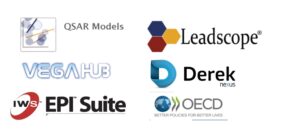
A Little More Transparency Can Go a Long Way – or Can It?

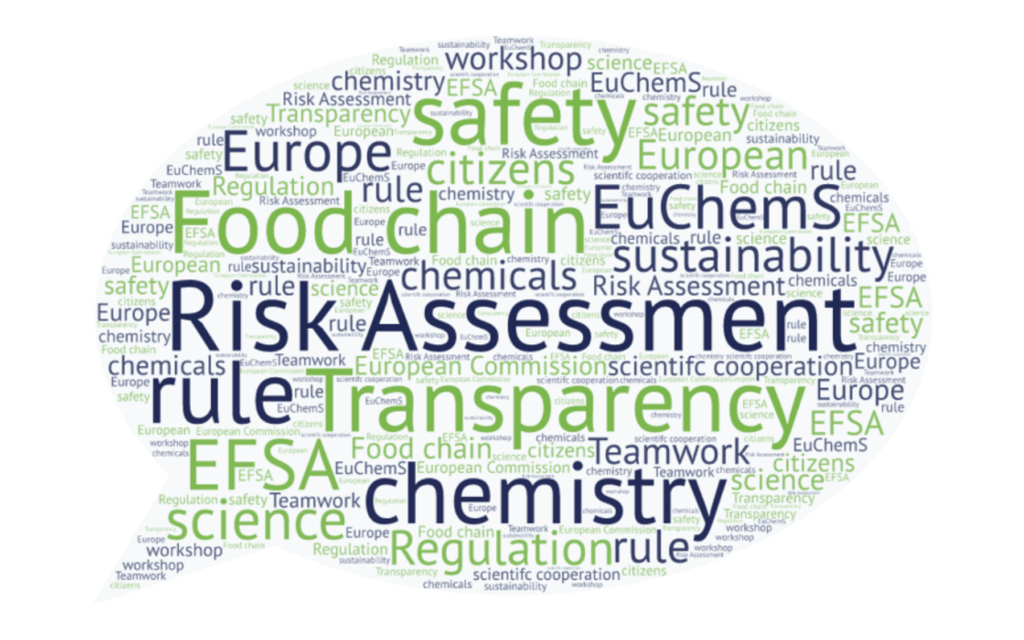
March 27, 2021, is fast approaching and a date to note on your calendar. This day marks the implementation of the European Commission’s new regulation and update to the General Food Law Regulation, aimed at increasing the transparency of risk assessments for foods. This new regulation directly affects how the European Food Safety Authority (EFSA) performs their risk assessments and how stakeholders interact with EFSA, notify studies, and submit dossiers. While the goal of the initiative is to increase the transparency of the risk assessment by strengthening the reliability, objectivity, and independence of the scientific studies performed, it’s yet to be seen how smooth and effective the transition will be—this regulation is a complete re-design of the European Union’s previous review and submission process and is to be implemented in a short time.
ToxStrategies has been an active participant in the Transparency Regulation Implementation Training Program that EFSA launched in January of 2021 to help stakeholders better understand and prepare for the new requirements under this regulation. In parallel with the Training Program, EFSA has also published detailed Practical Arrangements to outline how the new rules will be put into practice. It is evident from reviewing these materials that the Transparency Regulation may pose additional challenges to applicants, particularly during the first year of implementation.
For example, when the new submission framework goes into effect on March 27, 2021, all scientific studies supporting an application must be notified through EFSA before they are commissioned or carried out (according to Article 32b or 32c1 of the Regulation). This process is complicated further by being different for new applicants than for applicants for re-authorization. Stakeholders already in the process of preparing applications (before March 27, 2021) may run into logistical issues with implementing the Transparency Regulation, especially if they need to complete studies in time to meet submission deadlines for application renewals. In addition to this example, ToxStrategies has identified multiple issues that an applicant might encounter during this transition period.
If you are interested in learning more, please contact Dr. Allison Franzen at afranzen@toxstrategies.com
USEPA invites comments on recent TSCA rules for five PBT compounds
Among President Biden’s many Executive Orders in the first days of his administration was one titled, “Protecting Public Health and the Environment and Restoring Science to Tackle the Climate Crisis.” In response to this and other orders and directives, the U.S. Environmental Protection Agency (USEPA) is planning to review on five final rules the Agency issued under the prior administration (on January 6, 2021) under the Toxic Substances Control Act (TSCA) that address five persistent, bioaccumulative, and toxic (PBT) chemicals (listed below).
The USEPA determined that these chemicals require expedited action under TSCA, given the Agency’s charge to protect human health and the environment. The USEPA review will reevaluate information that was available during the promulgation of the final PBT rules as well as new information. As a part of the review process, USEPA issued an invitation for the public to comment on the final PBT rules, stating that such input could include “whether further exposure reductions… could be achieved, including… for potentially exposed or susceptible subpopulations and the environment; implementation issues…; and whether to consider additional or alternative measures or approaches.” Comments in response to this invitation must be submitted to USEPA by May 17, 2021 (docket identification number EPA–HQ–OPPT–2021–0202); contact information is available in the Federal Register.
The five PBT chemicals at issue are:
- 2,4,6- tris(tert-butyl)phenol (2,4,6-TTBP) (CASRN 732–26–3);
- decabromodiphenyl ether (decaBDE) (CASRN 1163–19–5);
- phenol, isopropylated phosphate (3:1) (PIP (3:1)) (CASRN 68937–41–7);
- pentachlorothiophenol (PCTP) (CASRN 133–49–3); and
- hexachlorobutadiene (HCBD) (CASRN 87–68–3).
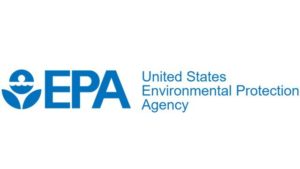
Dr. Candace Doepker to lead webinar on caffeine safety

Dr. Candace Doepker will present a webinar titled, “Myths and Facts about Caffeine: An Expert Evaluation of the Current Science.” Sponsored by the International Food Information Council (IFIC), the webinar will go live at 1 p.m. ET on March 30, 2021 (registration available here). The information presented will include IFIC’s latest research on consumer behavior regarding caffeine, and Dr. Doepker will address topics such as caffeine toxicity and safety, its metabolism in the body, and current controversies in caffeine research.
Dr. Doepker is a toxicologist and is a Principal Scientist and the Practice Director of ToxStrategies’ Foods & Consumer Products Practice. She has chaired the IFIC’s Caffeine and Food Ingredients Committee and served on the Scientific Advisory Board of the National Coffee Association.
Dr. Laurie Haws speaks at SOT 2021
ToxStrategies Managing Principal Scientist, Dr. Laurie Haws will speak at The Society of Toxicology’s featured session, Impact on Women in Science, A Career in Advancing the Field of Toxicology: A Tribute to Linda S. Birnbaum, on Wednesday, March 24th, 10:00–11:30 ET.
Julie Panko presents workshop at SOT 2021
ToxStrategies scientist, Julie Panko, CIH, will present a workshop at The Society of Toxicology’s virtual meeting. The workshop session is titled, Challenges in Characterizing Environmental Health Risk of Microplastics: Experiences from the Tire Industry Project Related to Tire and Road Wear Particles, and will take place Monday, March 22nd, from 11:15 to 11:35 ET. Ms. Panko’s presentation is part of the main session, titled, Tackling the Potential Human Health Impacts of Microplastics and Nanoplastics: Challenges for Toxicologists in the Assessment of Real-World Complex Mixtures.
New study of steviol glycosides indicates lack of carcinogenicity
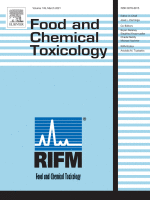 An article published recently by ToxStrategies scientists presents the systematic identification, appraisal, and integration of mechanistic data in an assessment of the potential carcinogenicity of steviol glycosides, a naturally occurring, non-nutritive sweetener. Based on an evaluation of more than 900 measurements/assay endpoints related to one or more key characteristics of carcinogens (KCC) reported in the literature or within the ToxCast/Tox21 high-throughput screening data, the authors found a lack of evidence for activity across the mechanistic database. The assessment included individual steviol glycosides, as well as mixtures such as whole stevia leaf extracts. These results align with the overall lack of tumor response to steviol glycosides observed in mammalian carcinogenicity studies, corroborating previous reports of a lack of carcinogenicity related to steviol glycoside exposure. This open-access publication is the fourth in a series of assessments for non-nutritive sweeteners, following aspartame, sucralose, and acesulfame potassium (Ace K), all of which have been published in Food and Chemical Toxicology.
An article published recently by ToxStrategies scientists presents the systematic identification, appraisal, and integration of mechanistic data in an assessment of the potential carcinogenicity of steviol glycosides, a naturally occurring, non-nutritive sweetener. Based on an evaluation of more than 900 measurements/assay endpoints related to one or more key characteristics of carcinogens (KCC) reported in the literature or within the ToxCast/Tox21 high-throughput screening data, the authors found a lack of evidence for activity across the mechanistic database. The assessment included individual steviol glycosides, as well as mixtures such as whole stevia leaf extracts. These results align with the overall lack of tumor response to steviol glycosides observed in mammalian carcinogenicity studies, corroborating previous reports of a lack of carcinogenicity related to steviol glycoside exposure. This open-access publication is the fourth in a series of assessments for non-nutritive sweeteners, following aspartame, sucralose, and acesulfame potassium (Ace K), all of which have been published in Food and Chemical Toxicology.

